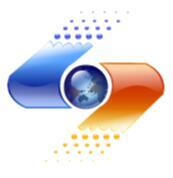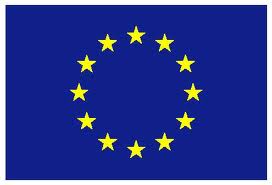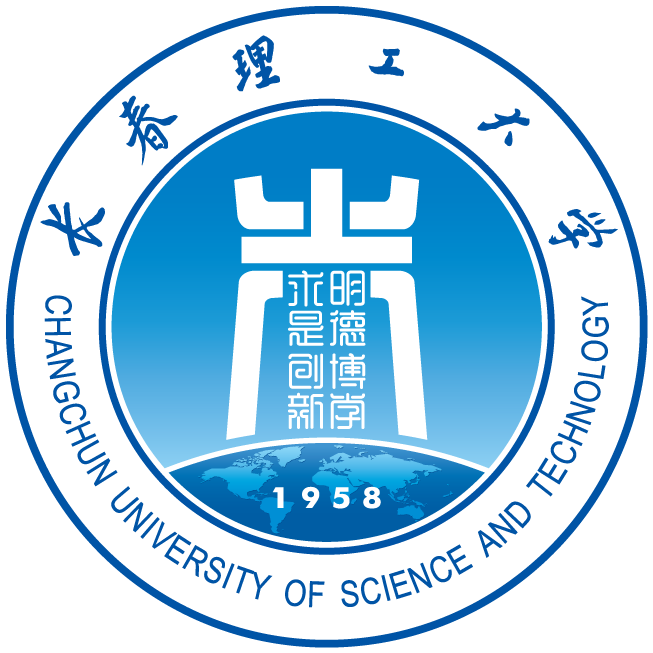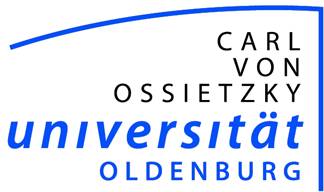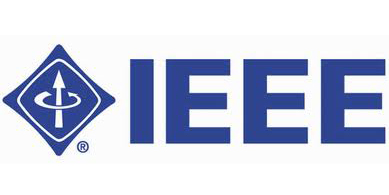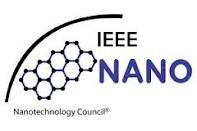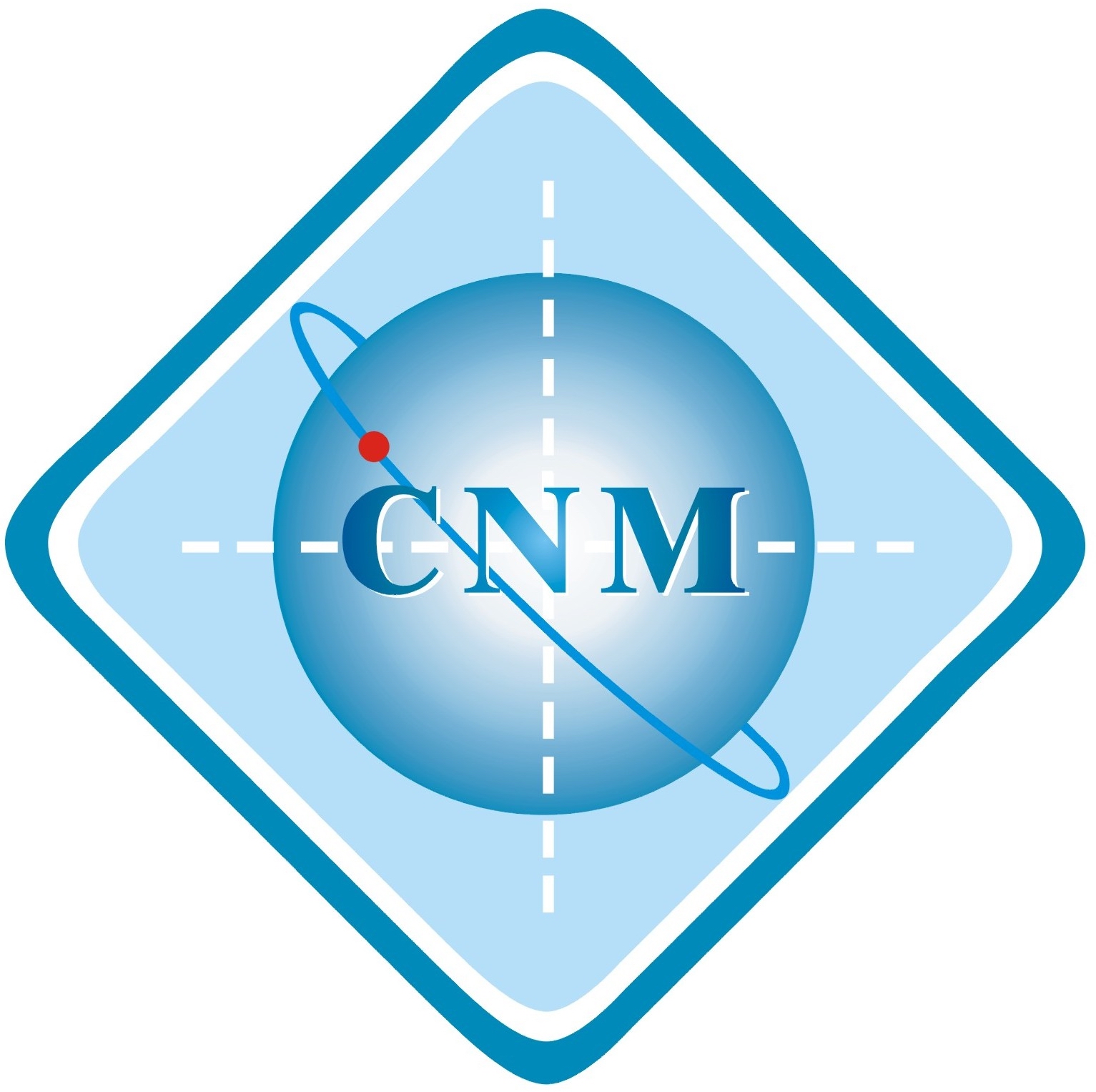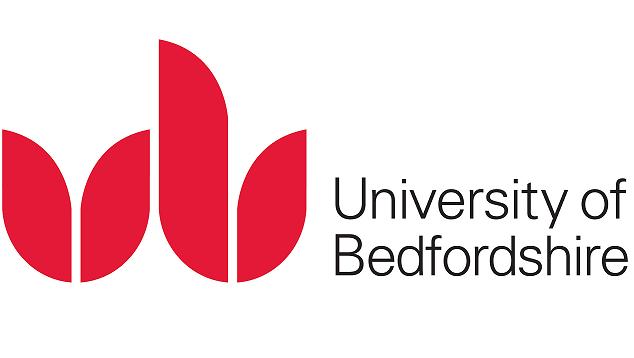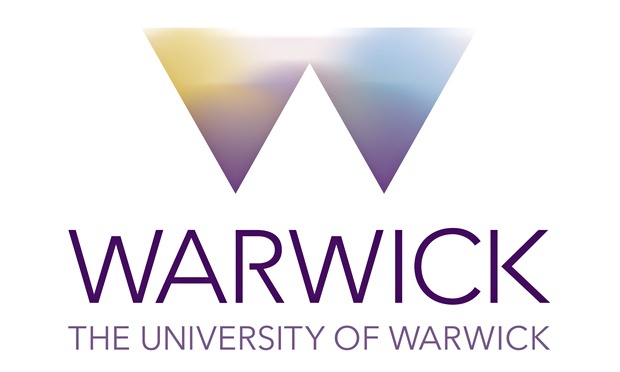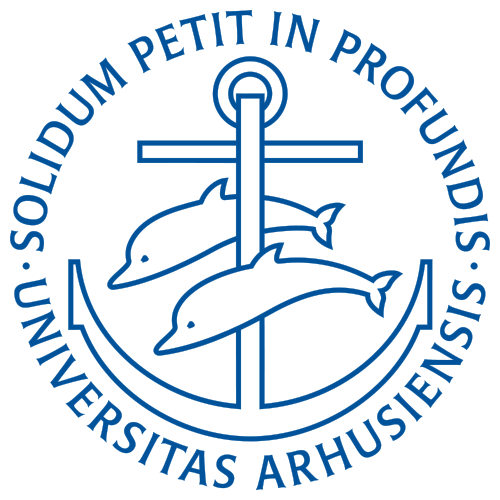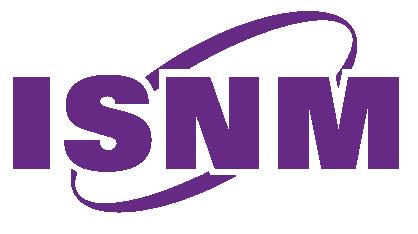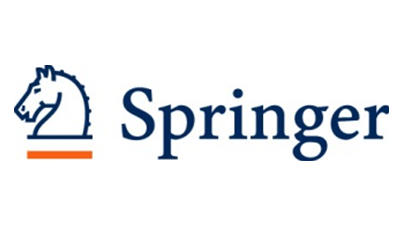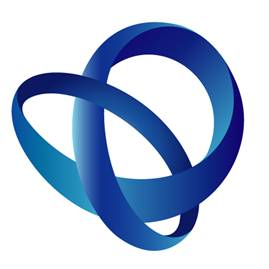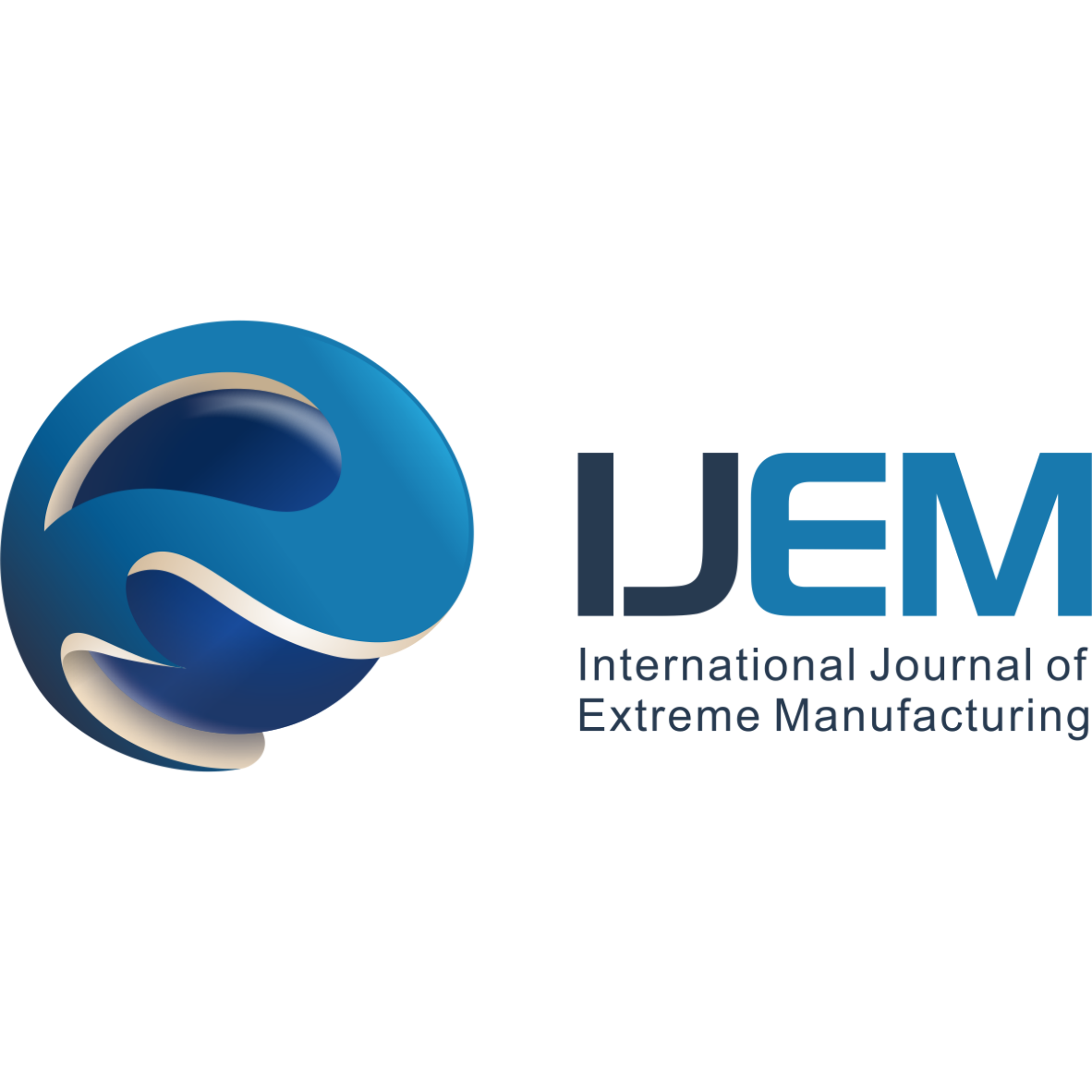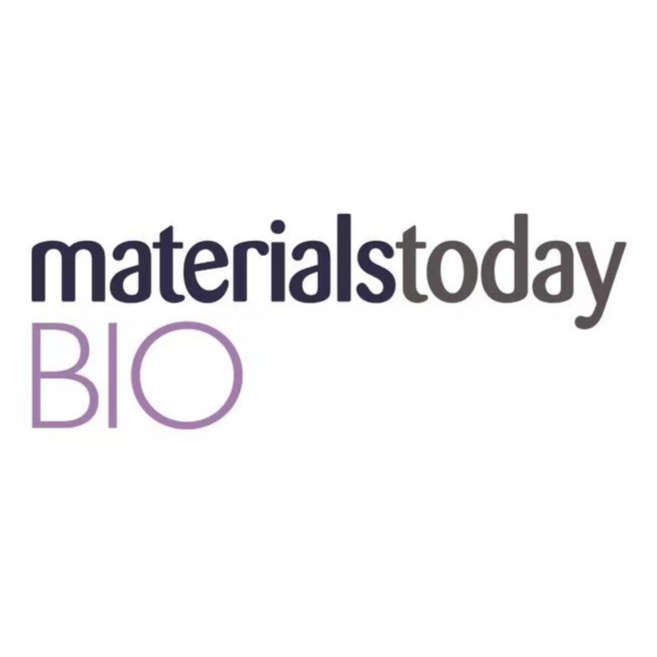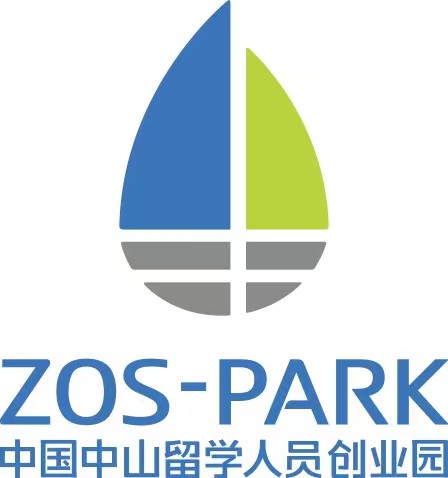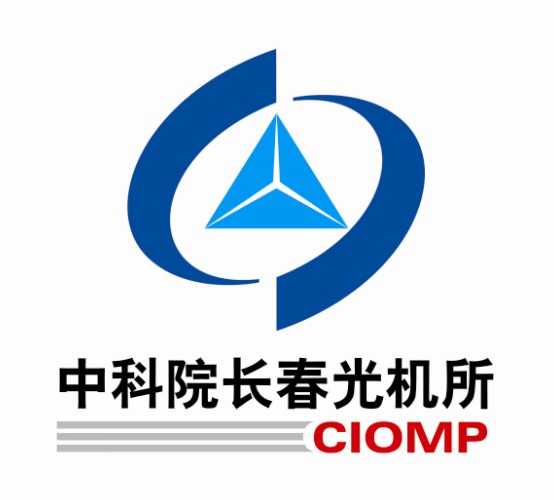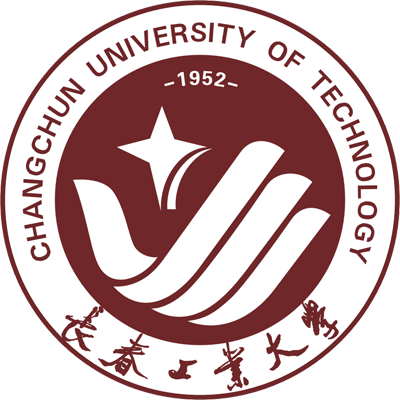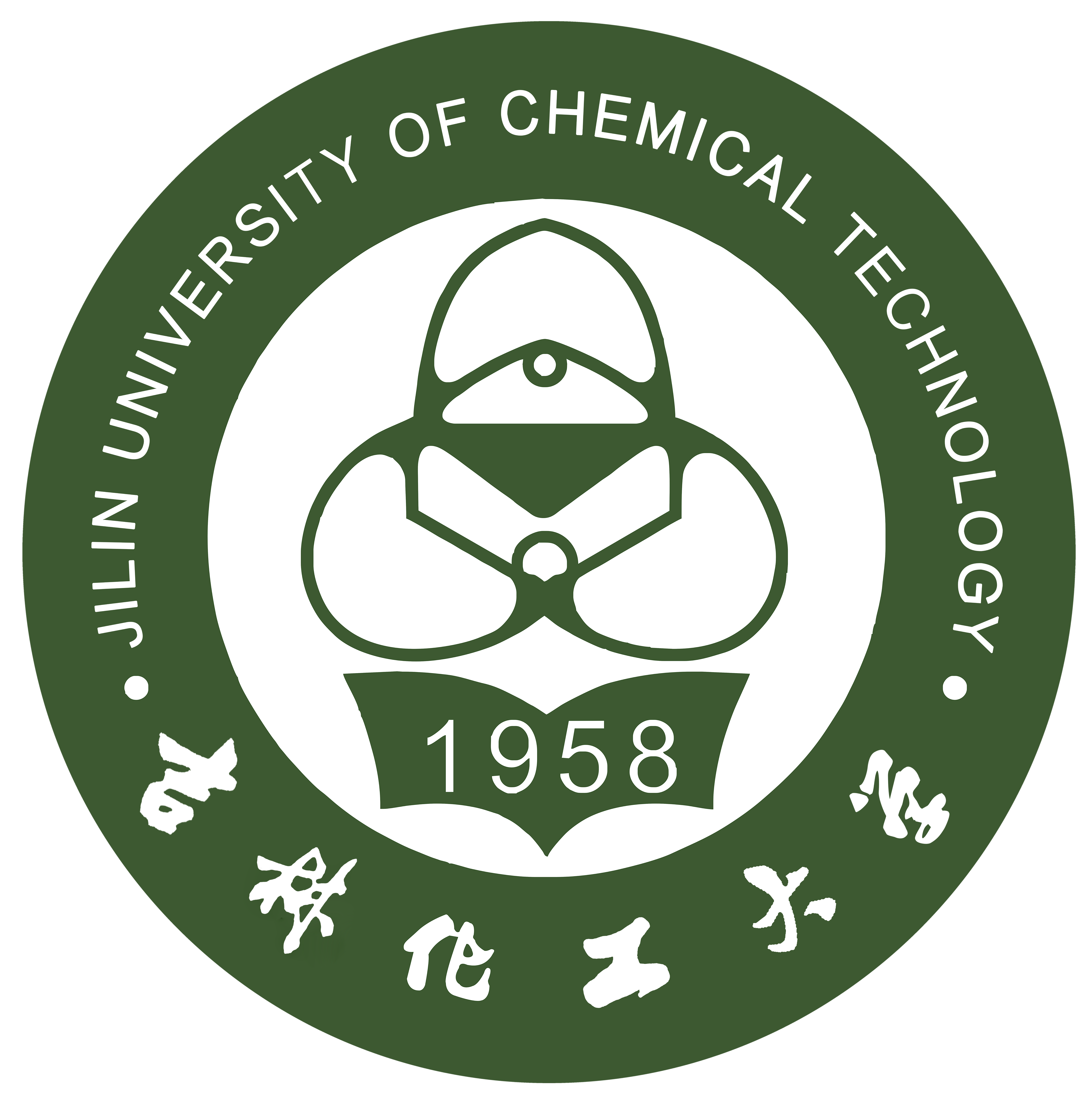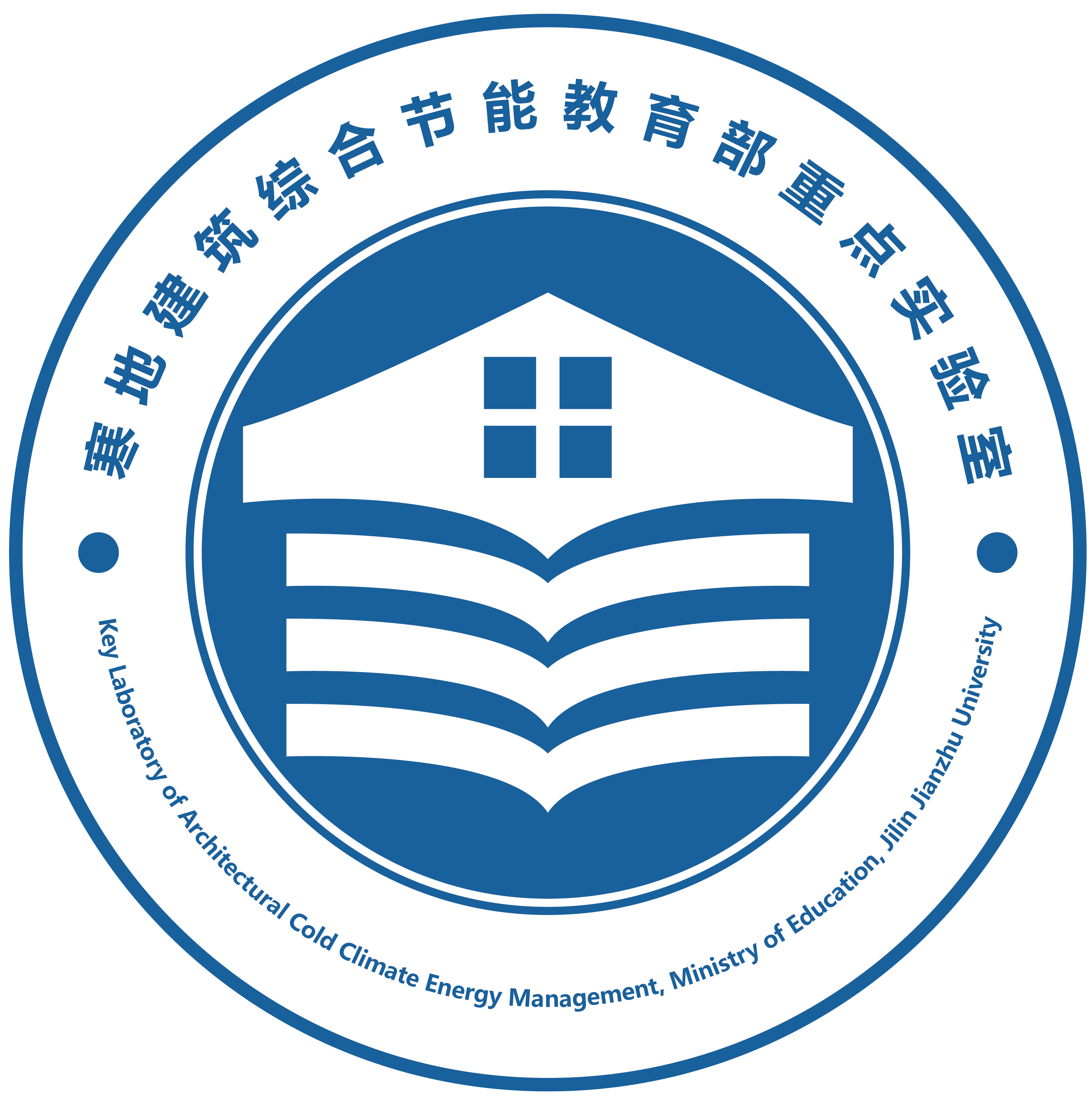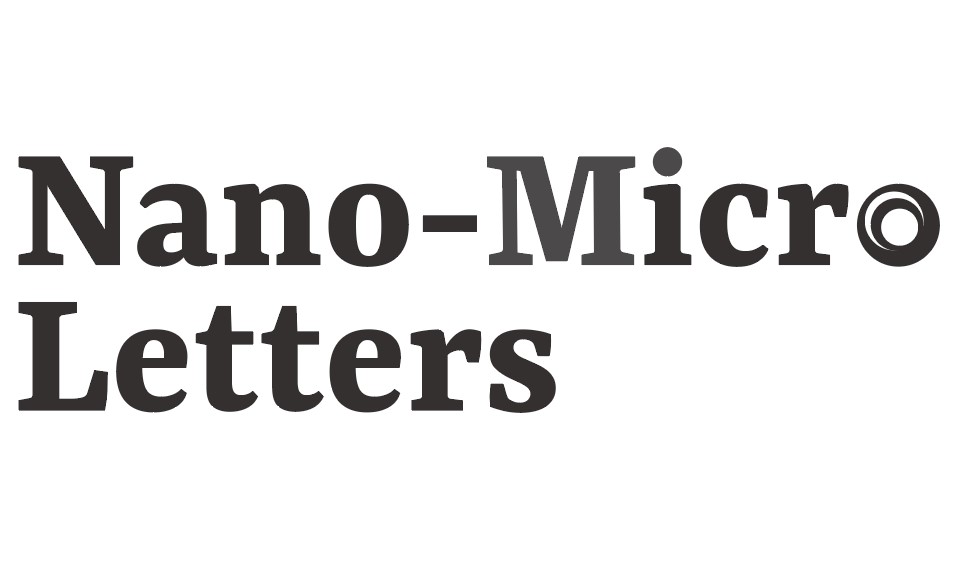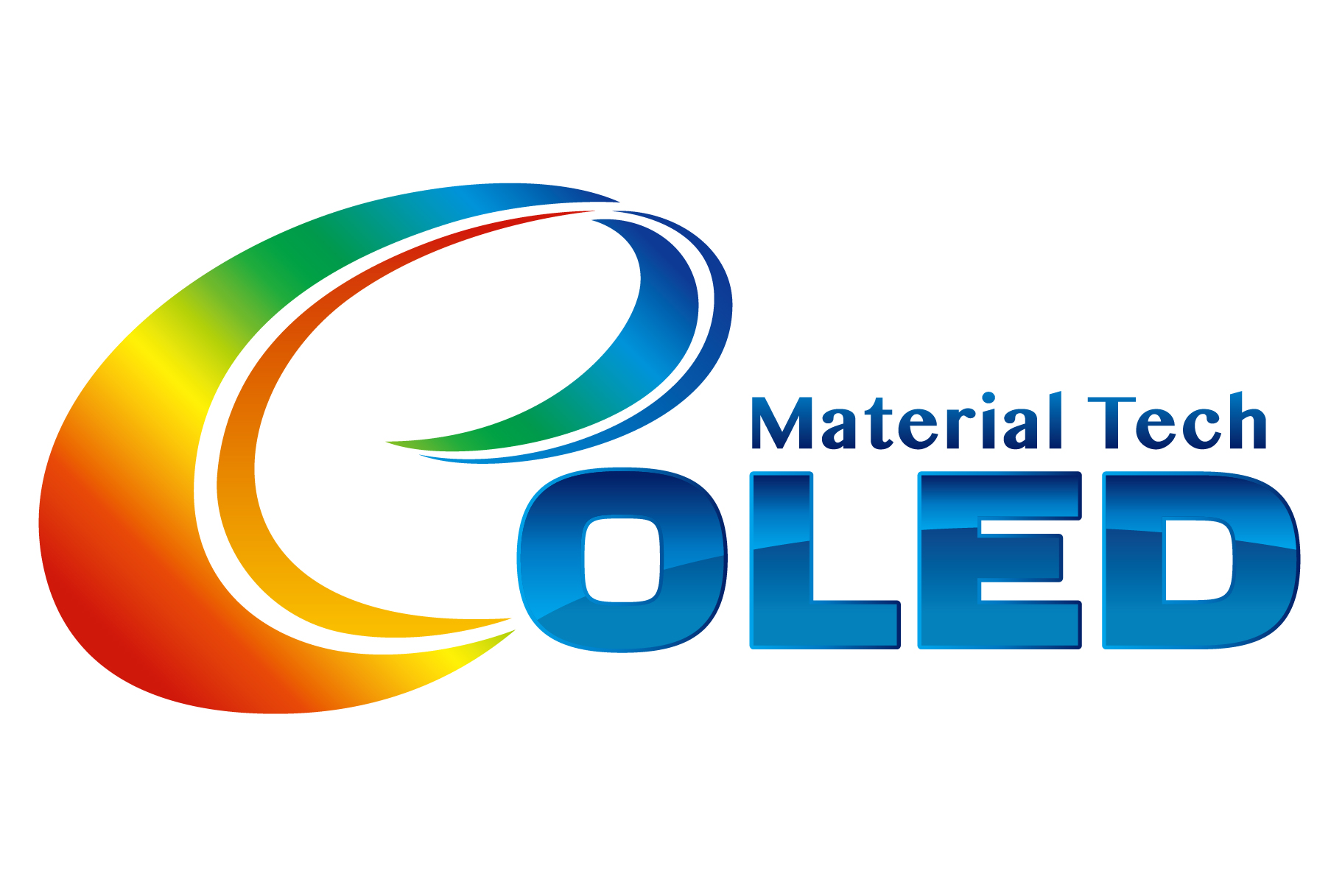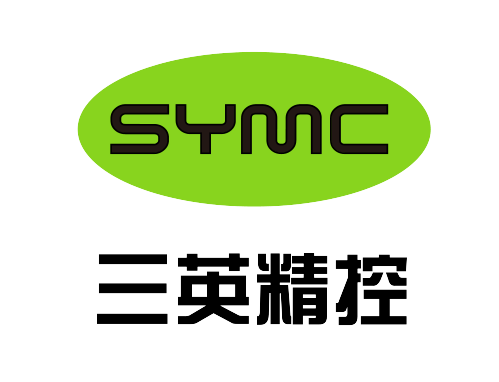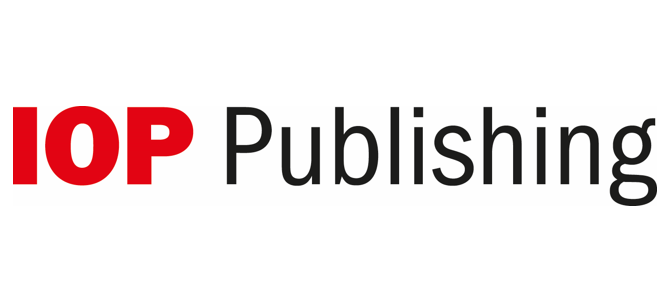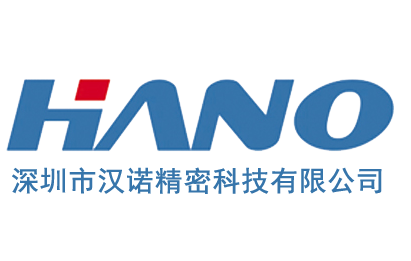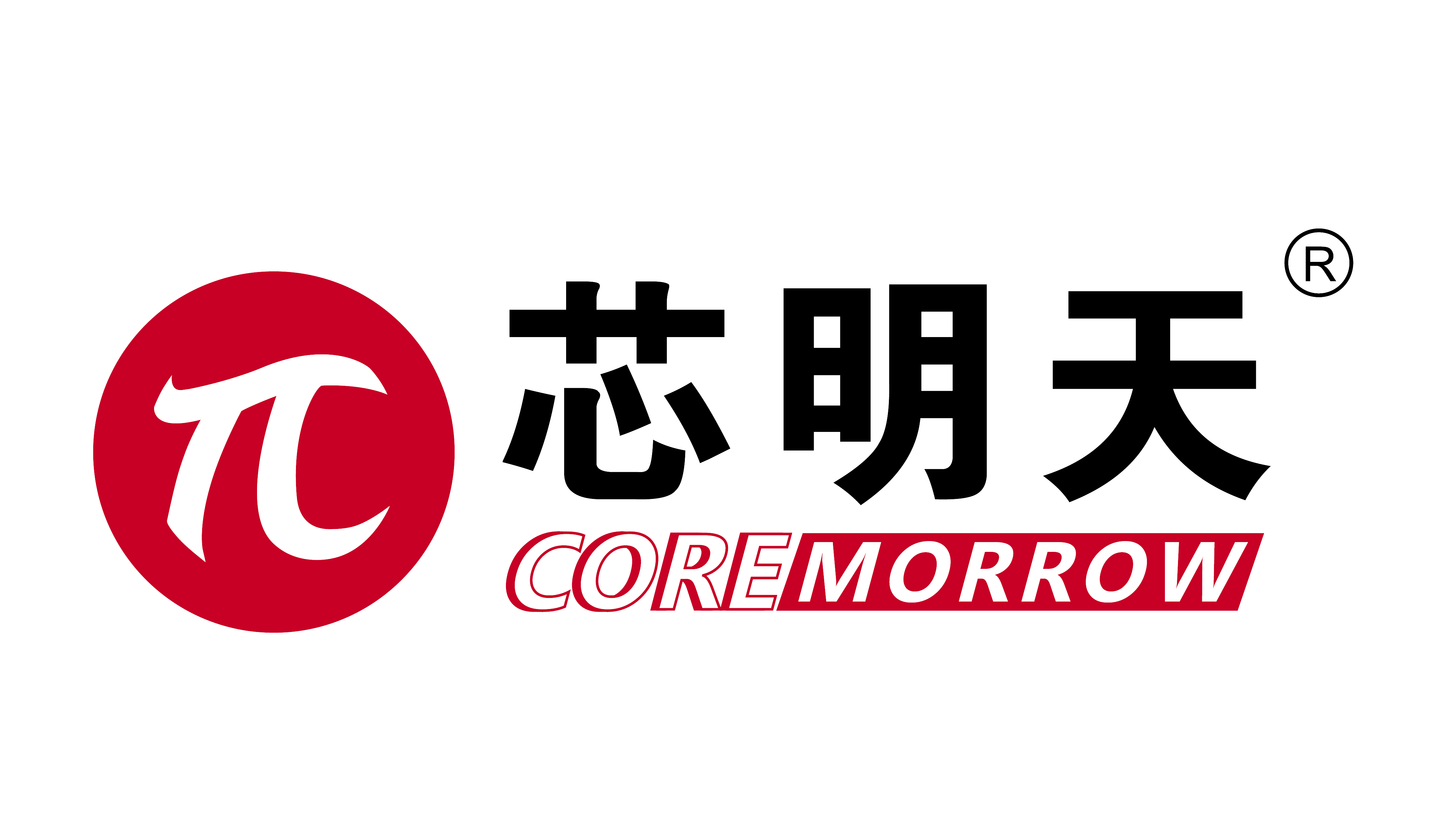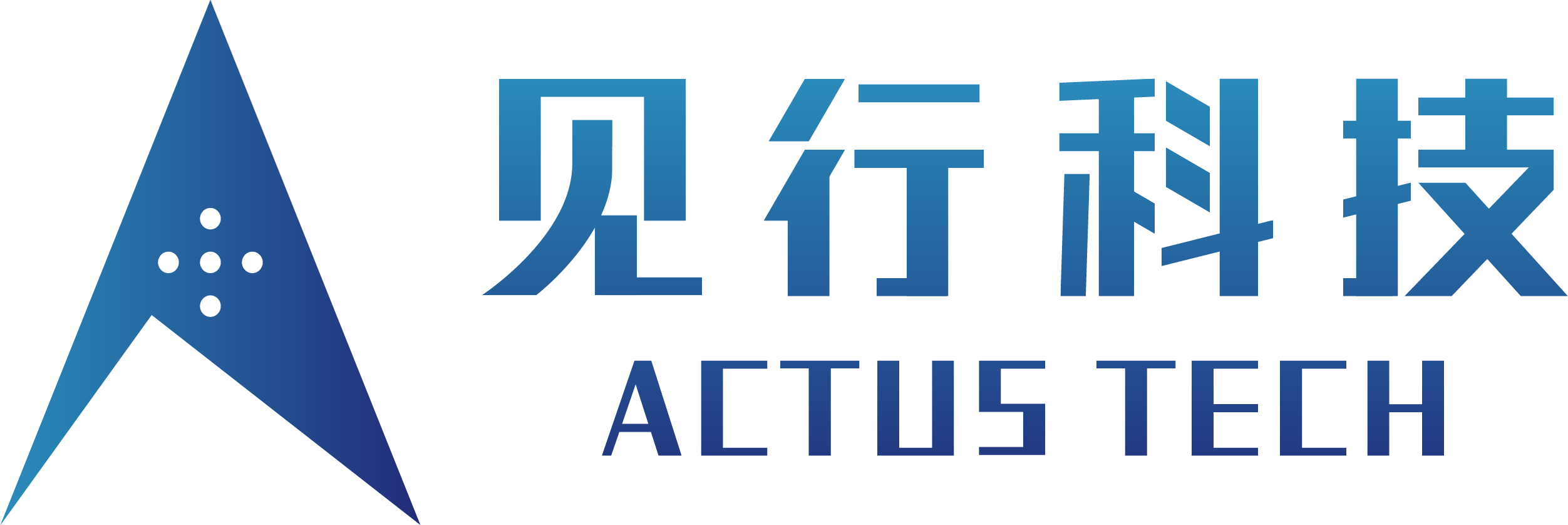|
|
| |
Keynote Speakers |
|
|
|
|
|
|
|
| |
|
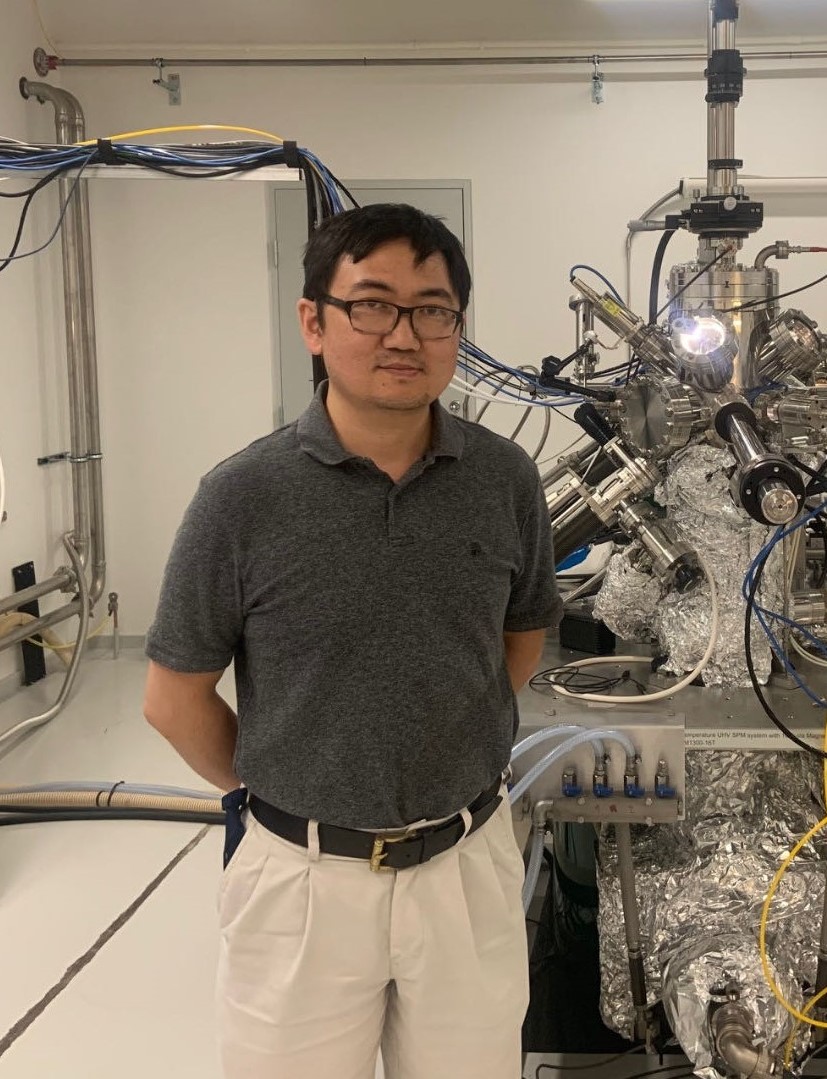
|
|
Yong P. Chen |
|
Professor |
|
Department of Physics and Astronomy |
|
Aarhus University |
|
Denmark |
|
Personal homepage |
|
Title: In-Operando Microscopy and Spectroscopy Measurements on 2D Materialsand Devices |
|
Abstract: Two-dimensional materials offer unique opportunities to perform multimodal, “in-operand”, (nano) device-compatible measurements combining various surface science/optical microscopies and spectroscopies with electrical transport/gating, to gain a microscopic and deeper understanding of materials properties and device performance. This talk will describe several examples of such measurements in various gated 2D materials (including twisted/stacked heterostructures) ranging from graphene, 2D magnets and semiconductor transition metal dichalcogenides (TMDCs), studied by optical spectroscopy, angle resolved photoemission spectroscopy (ARPES), and scanning probe microscopies (SPM). |
|
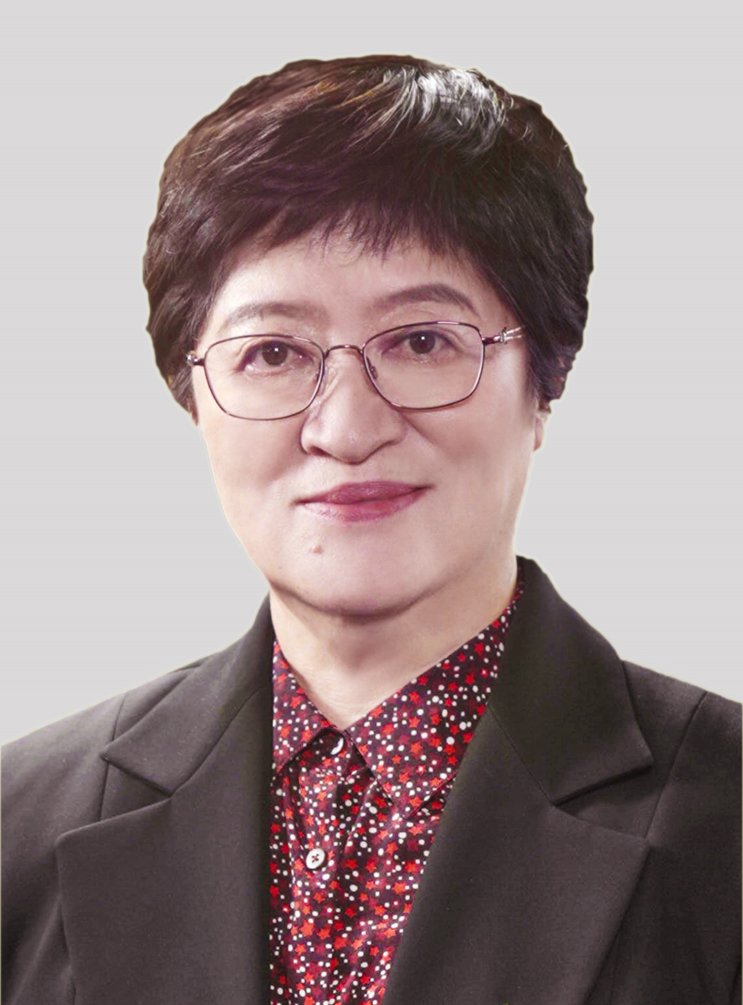
|
|
Lifeng Chi |
|
Professor |
|
Academician of the Chinese Academy of Sciences |
|
Foreign Member of Academia Europaea |
|
Institute of Functional Nano & Soft Materials (FUNSOM) |
|
Soochow University |
|
China |
|
Personal homepage |
|
Title: On-Surface Precise Synthesis of Carbon-Based Functional Molecules and Polymers |
|
Abstract: On-surface Chemistry enables the activation, migration, and coupling of precursor molecules on surfaces to synthesize functional molecules and polymers that are challenging to obtain through traditional methods. Its key advantage lies in the precise structural control of products, achieved through multiple approaches, including precursor design, molecule-substrate/molecule interactions, molecular pre-assembly, and single-molecule manipulation. Representative reported products include structurally tunable graphene nanoribbons, graphdiyne nanowires, polymerized polyenes, molecular quantum materials, and metal-organic hybrids. High-resolution techniques such as scanning tunneling microscopy (STM), bond-resolved atomic force microscopy (br-AFM), scanning tunneling spectroscopy (STS), and single-molecule manipulation allow precise characterization of the surface reactions and fundamental properties of functional carbon-based molecules and polymers. The advancement of on-surface chemistry provides novel strategies for atomic-level precision synthesis and property characterization of molecular materials, opening avenues for designing next-generation functional materials with tailored properties. |
|

|
|
Harald Fuchs |
|
Professor |
|
Head |
|
Physikalisches Institut and Center for Nanotechnology (CeNTech) |
|
Westfälische Wilhelms-Universität Münster |
|
Germany |
|
Personal homepage |
|
Title: Force Mediated Reactivity and Emergence in Low Dimensional Molecular Systems |
|
Abstract: The development of sophisticated mechanical processing strategies laid the foundation in material sciences and technology to control not only the mechanical but also the electronic and optical properties of materials and devices to a previously unimaginable extent. Common to these strategies is the treatment of systems containing very large numbers of atoms or molecules being exposed to energy applied via extrinsic mechanical forces such as in ball mills. In this conventional mechanochemistry, macroscopic forces are used to modify the atomic or molecular arrangement in materials, and to break up or to form new chemical bonds. However, the local control and direct analysis of the reaction pathways and the energy injection at the individual chemical bond level at pre-defined atomic sites is inaccessible in this way. Here, we will focus on the occurrence of local intrinsic mechanical forces occurring at the atomic level by the interplay of individual molecules with metallic surfaces, and in the absence of any extrinsic forces. We found that this strategy can be used to generate emergent molecular properties as observed in the case of autonomously acting 2D swarm-like metal organic molecular systems acting cooperatively and resulting, for example, in the directed transport of nano-objects over mesoscopic distances. |
|
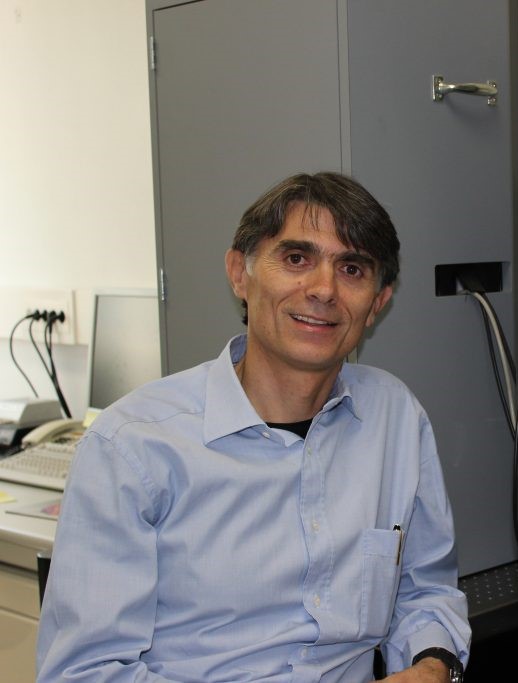
|
|
Ricardo Garcia |
|
Professor |
|
Instituto de Ciencia de Materiales de Madrid (ICMM) |
|
CSIC |
|
Spain |
|
Personal homepage |
|
Title: Solid-Water Interfaces at the Molecular Scale |
|
Abstract: This contribution introduces some recent advances of atomic force microscopy to imaging with angstrom-scale resolution the properties of several solid-liquid interfaces with relevance in materials for energy and molecular biology. The presentation is devoted to introduce and illustrate the capabilities of 3D-AFM to image with atomic-scale resolution the interfacial structure of surfaces immersed in aqueous solutions. Atomic-scale images of interfacial water on graphite, 2D materials, self-assembled monolayers and collagen nanoribbons will be presented. |
|
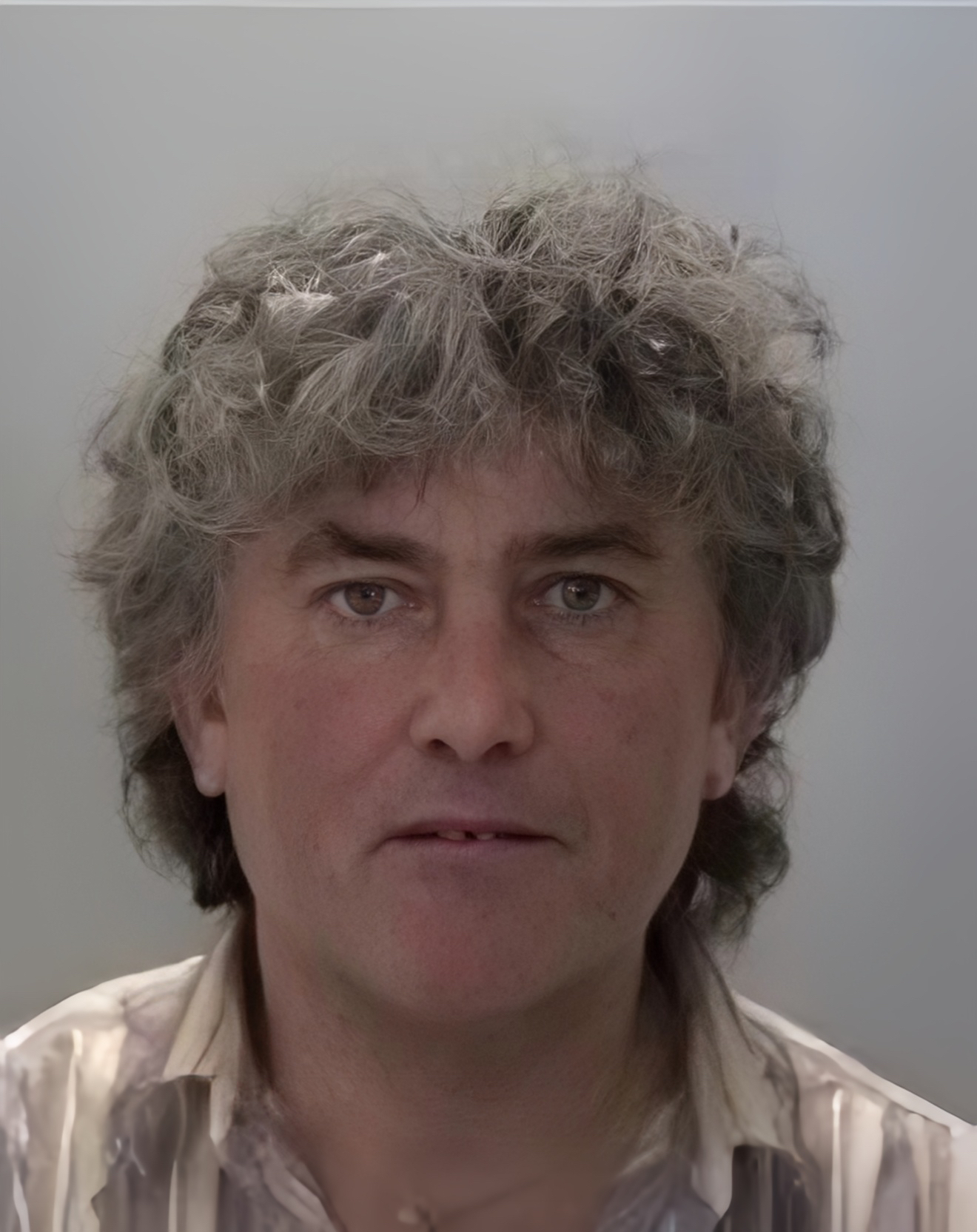
|
|
Peter Hinterdorfer |
|
Professor |
|
Institute for Biophysik |
|
Group Leader Atomic Force Microscopy |
|
Johannes Kepler University Linz |
|
Austria |
|
Personal homepage |
|
Title: Distinct Binding Mechanism of SARS-CoV-2 Spike Variants Leads to Enhanced Infectivity and Viral Transmission |
|
Abstract: Recent waves of COVID-19 correlate with the emergence of the Delta and the Omicron variant. In this study, we combined high-speed atomic force microscopy with single molecule recognition force spectroscopy to investigate, at single molecule resolution, the interaction dynamics of trimeric Spike with its essential entry receptor ACE2. We report that Spike trimer undergoes rapid conformational changes on surfaces, resulting in arc-like movements of the three receptor binding domains (RBDs) that collectively screen a circular range of almost 360° degrees. Acting as a highly dynamic molecular caliper, it thereby forms up to three tight bonds through its RBDs with ACE2 expressed on the cell surface. The Spike of both Delta and Omicron (B.1.1.529) variant enhance and markedly prolong viral attachment to the host cell receptor ACE2, which likely not only increases the rate of viral uptake, but also enhances the resistance of the variants against host-cell detachment by shear forces such as airflow, mucus or blood flow. We uncovered distinct binding mechanisms and strategies employed by circulating SARS-CoV-2 variants to enhance infectivity and viral transmission. The capacity of lectins to block SARS-CoV-2 viral entry holds promise for pan-variant therapeutic interventions. Out of a lectin library, two lectins, Clec4g and CD209c, were identified to strongly bind to the Spike protein of SARS-CoV-2. Multiple bond formations lead to stable complex formation, in which the number of formed bonds enhanced the overall interaction strength and dynamic stability of the lectin/Spike complexes. We also determined the binding capacity of a molecularly engineered lectin cloned from banana, BanLec H84T, which was shown to display broad-spectrum antiviral activity against several RNA viruses. Our studies revealed that H84T-BanLec strongly interacts with the Spike protein of the original viral strain, Wuhan-1 and several variants of concern (Delta, Omicron), which makes it a promising clinical candidate for defeating viral infectivity and transmission. |
|
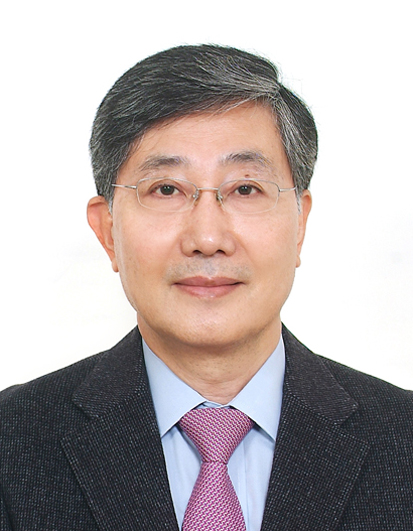
|
|
Gunhee Jang |
|
Professor |
|
Member of the National Academy of Engineering of Korea |
|
Department of Mechanical Engineering |
|
Hanyang University |
|
Korea |
|
Personal homepage |
|
Title: Robotic Endovascular Intervention Utilizing Magnetic Navigation System and Magnetic Microrobot |
|
Abstract: Robotic endovascular intervention has been actively studied to replace the incomplete conventional endovascular intervention performed by medical doctors. A robotic intervention system consists of a magnetic navigation system that generates an external magnetic field, a robotic feeding device that inserts surgical devices and performs treatment functions such as suction and drug delivery, and magnetic microrobots that includes magnetic catheter or magnetic guidewire. In this talk, I will introduce a robotically assisted magnetic navigation system and a control method that can improve the magnetic flux density and magnetic field gradient. I will also present a separable and recombinable magnetic robot (SRMR) to deliver and retrieve an untethered magnetic microrobot (UMR) to a target vascular lesion safely and effectively for robotic endovascular intervention. The SRMR functions of steering, separation, movement, tunneling, drug delivery, and recombination will be discussed in a mimetic vascular model with a pseudo blood clot. Finally, I will introduce an in vivo experiment of a mini pig’s superficial femoral artery for contrast delivery, separation, movement, and recombination. |
|

|
|
Kostadin Kostadinov |
|
Professor |
|
Institute of Mechanics |
|
Bulgarian Academy of Sciences |
|
Bulgaria |
|
Personal homepage |
|
Title: SpiCy-MiNT Robotic Technology for Micro and Nano Biomedical Applications |
|
Abstract: The subject of this presentation is the enabling robot technologies for innovative micro &nano biomedical applications. This SpiCy-MiNT technology is combining the self-assembly technology with high performance robotic tools such as precise manipulators with submicron resolution and mechatronic handling or feeding devices, innovative vision to detect either micro objects or the tip of the technological end-effector, force sensing and robot system control.
The SpiCy-MiNT robot technology includes web application for facilitation of the synthesis of closed structures for micro- and nano-applications, utilizing the advantages tense piezo-actuators and closed robot kinematical structures. The robot for desired biomedical technology task requested micro and micro motions is constructing as a combination of a regional and local robot structures. The kinematic schemes for local robot structure utilize either stack piezo actuators or piezo structured ceramics with tense closed kinematic structure. For this purpose it is developed a methodology for synthesis of closed structures for micro- and nano-applications, utilizing the advantages of tense piezo-actuators, structured piezo-ceramics and closed robot kinematics structures. A force sensor for sub μN force range has been developed providing the robot control system with desired resolution feedback which is appropriate for biological micro- and nano technological operations. Appropriate optical system is developed to provide high-resolution imaging of the injection pipette over the working area defined by the cells holder dimensions, i.e. resolution of 4 µm and field of view 1 x 1 mm2. Demonstrator systems with accent on manipulation and processing of micro objects with dimensions below 1 mm such as biocells, bacteria etc. are chosen to validate the SpiCy -MiNT technology developed. A SpiCy-MiNa robot developed with 7 DoF performs injections of single Xenopus oocyte and hard to transfer cells (HTC) with size of 10-15 microns. Another robot Microna developed for automation of ICSI procedure has been verified and demonstrated that it is realizing automated ICSI procedure for a less than one minute. |
|
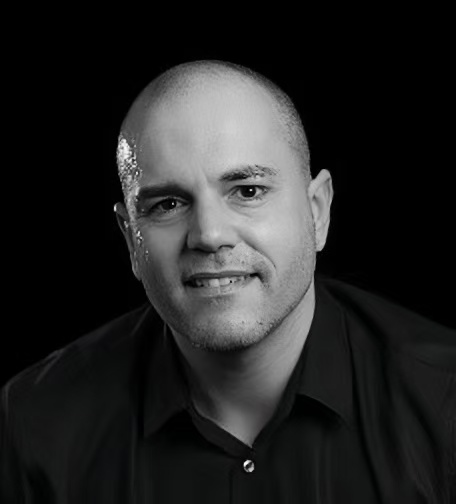
|
|
Josep Puigmartí-Luis |
|
Professor |
|
Head of the ChemInFlow group |
|
Department of Physical Chemistry |
|
University of Barcelona |
|
Spain |
|
Personal homepage |
|
Title: How Can Microfluidic Tools Help during the Self-Assembly and Engineering of Advanced Functional Materials and Crystals |
|
Abstract: Controlling and understanding the mechanisms that govern crystallization processes is crucial in contemporary materials science, particularly in the field of reticular solids, where significant challenges remain. In this seminar, I will demonstrate how microfluidic synthetic conditions can control the size and shape of various functional porous crystals, such as metal-organic frameworks (MOFs) and covalent-organic frameworks (COFs). Specifically, I will show that microfluidic synthesis can produce the largest MOF single crystals with controlled nonequilibrium shapes reported to date, in contrast to the typical polyhedral microcrystals formed under bulk crystallization conditions. Additionally, I will illustrate how microfluidic technologies can address several challenges in the COF research area. For instance, I will demonstrate that a microfluidic device can enhance the processability of COFs, enabling the creation of macroscopic architectures composed solely of COFs with arbitrary shapes. This is particularly significant given that COFs are typically obtained as powders with limited solubility and no melting point, making conventional processing techniques like solution processing or melt-extrusion inapplicable, which also hinders their use in many potential applications. Moreover, I will also present how our group utilizes microrobotic platforms to apply MOFs and COFs in biotechnology and other advanced fields. These microrobotic systems enable precise 3D manipulation of MOFs and COFs, facilitating innovative applications such as targeted drug delivery, biosensing, and tissue engineering. By integrating microrobotics with our advanced synthesis techniques, we can create highly specialized and functional materials tailored for specific biomedical applications. This approach not only enhances the versatility and functionality of MOFs and COFs but also opens new avenues for their use in cutting-edge biotechnological solutions. |
|
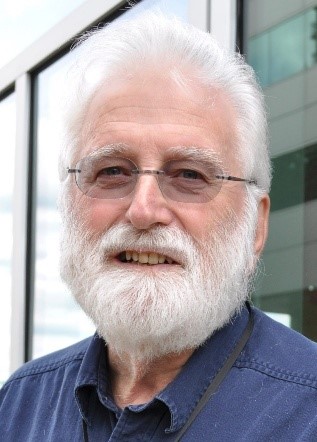
|
|
James Morris |
|
Emeritus Professor |
|
Department of Electrical & Computer Engineering |
|
Portland State University |
|
IEEE Life Fellow |
|
President (2020-2021), IEEE Nanotechnology Council |
|
USA |
|
Personal homepage |
|
Title: Applications of Discontinuous Metal Thin Films to Electronics Packaging |
|
Abstract: When a metal is deposited on insulating substrate, e.g., Au on glass in vacuo, it initially grows as discrete nanoscale metal islands separated by nm gaps. Such films conduct charge by interisland tunnelling with an electrostatic activation energy. The presentation will briefly cover the widely accepted conduction model and a revised contact injection version which explains most of the former’s problems as an introduction. There is a large body of literature on discontinuous metal thin film (DMTF) applications as strain gauges and hydrogen sensors which both have potential applications as reliability sensors in electronics packaging, but the presentation will cover a much wider range of less developed technologies, especially one suggested by a recent analysis of AC data. Early interest in these DMTFs was frustrated by a lack of reproducibility in their fabrication and subsequent drift in properties and the presentation will briefly survey some suggestions to solve both the reproducibility and reliability problems. It will conclude with the description of a fabrication technique which holds the promise of manufacturability and commercial applications. |
|
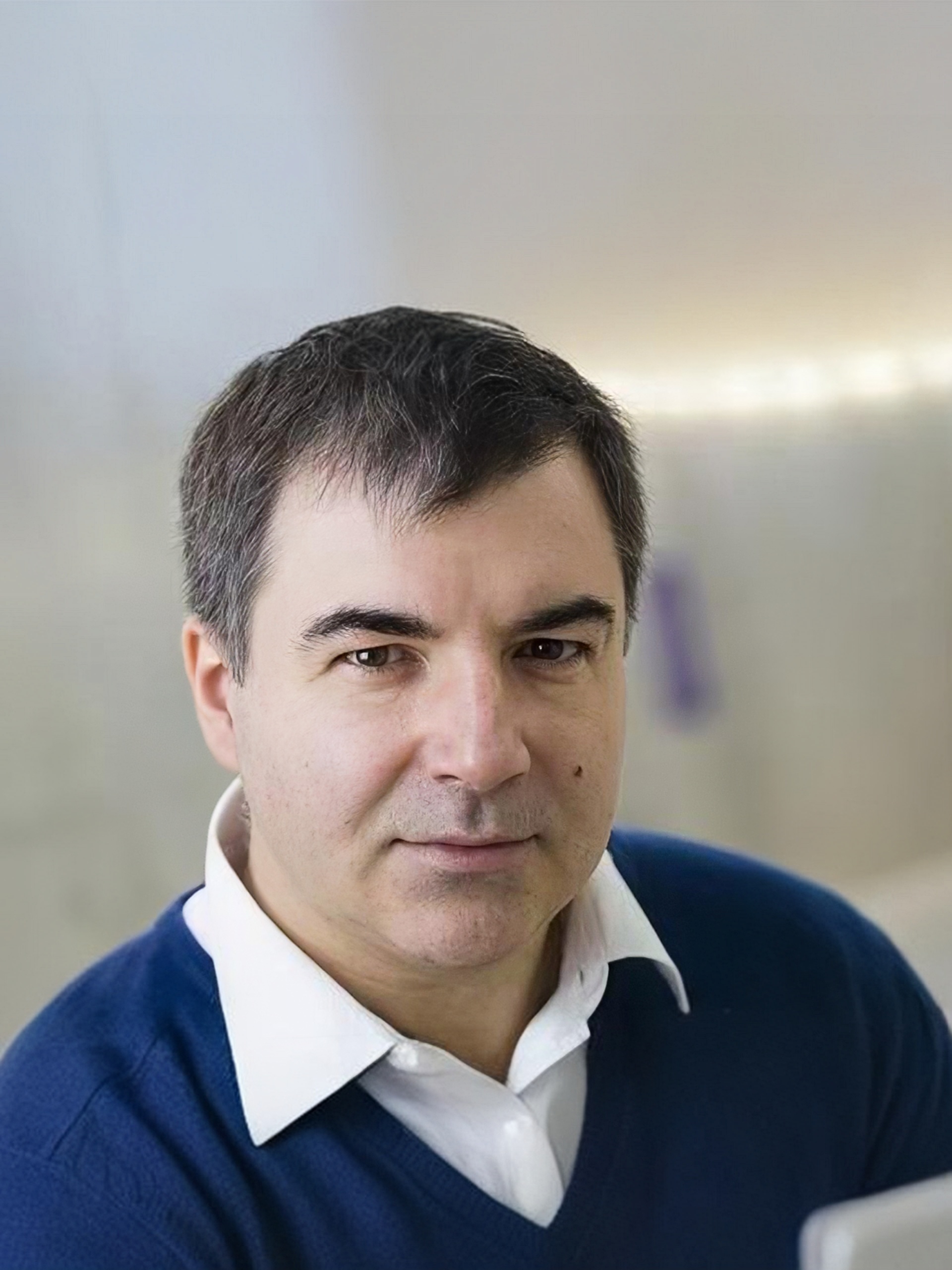
|
|
Konstantin Novoselov |
|
Nobel Laureate |
|
2010 Nobel Prize in Physics |
|
Academician of Academia Europaea |
|
Director of Institute for Functional Intelligent Materials (I-FIM) |
|
National University of Singapore, Singapore |
|
Langworthy Professor of Physics |
|
The University of Manchester |
|
UK |
|
Personal homepage |
|
Title: Materials for the Future |
|
|
|

|
|
Wilhelm Pfleging |
|
Professor |
|
Group Leader-Laser Technology/Lithium-Ion Batteries |
|
Institute for Applied Materials (IAM-AWP) |
|
Karlsruhe Institute of Technology (KIT) |
|
Germany |
|
Personal homepage |
|
Title: to be announced |
|
|
|

|
|
Valentin Popov |
|
Professor |
|
Director of Institute of Mechanics |
|
Department System Dynamics and Friction Physics |
|
Technical University of Berlin |
|
Germany |
|
Personal homepage |
|
Title: Mechanics of Adhesive Viscoelastic Contacts |
|
Abtract: Adhesion plays a key role in a very wide variety of natural systems and technological applications. First, among them are biology and medicine. Cell adhesion controls growth, differentiation, and proliferation of cells. It plays a vital role in medical technologies ranging from simple plasters to drug delivery systems involving liposomes and other nanoparticle-based carriers. Typically, high adhesion is observed in contacts of easily deformable bodies (soft matter), which in praxis are viscoelastic media. For long time, it was believed that “first-principle” criteria like Griffith’ energetic criterion cannot be applied to viscoelastic contacts due to their dissipative nature. In the present paper, we argue that it might be possible to apply the energy balance principle in a pure and exact way to viscoelastic adhesive contacts too. This new approach sheds a new light to many well-known phenomena in adhesion of viscoelastic bodies which had no clear theoretical explanation so far. The modified energetic approach to adhesion of viscoelastic bodies provides a simple tool for analyzing, designing and controlling adhesion of soft matter. |
|
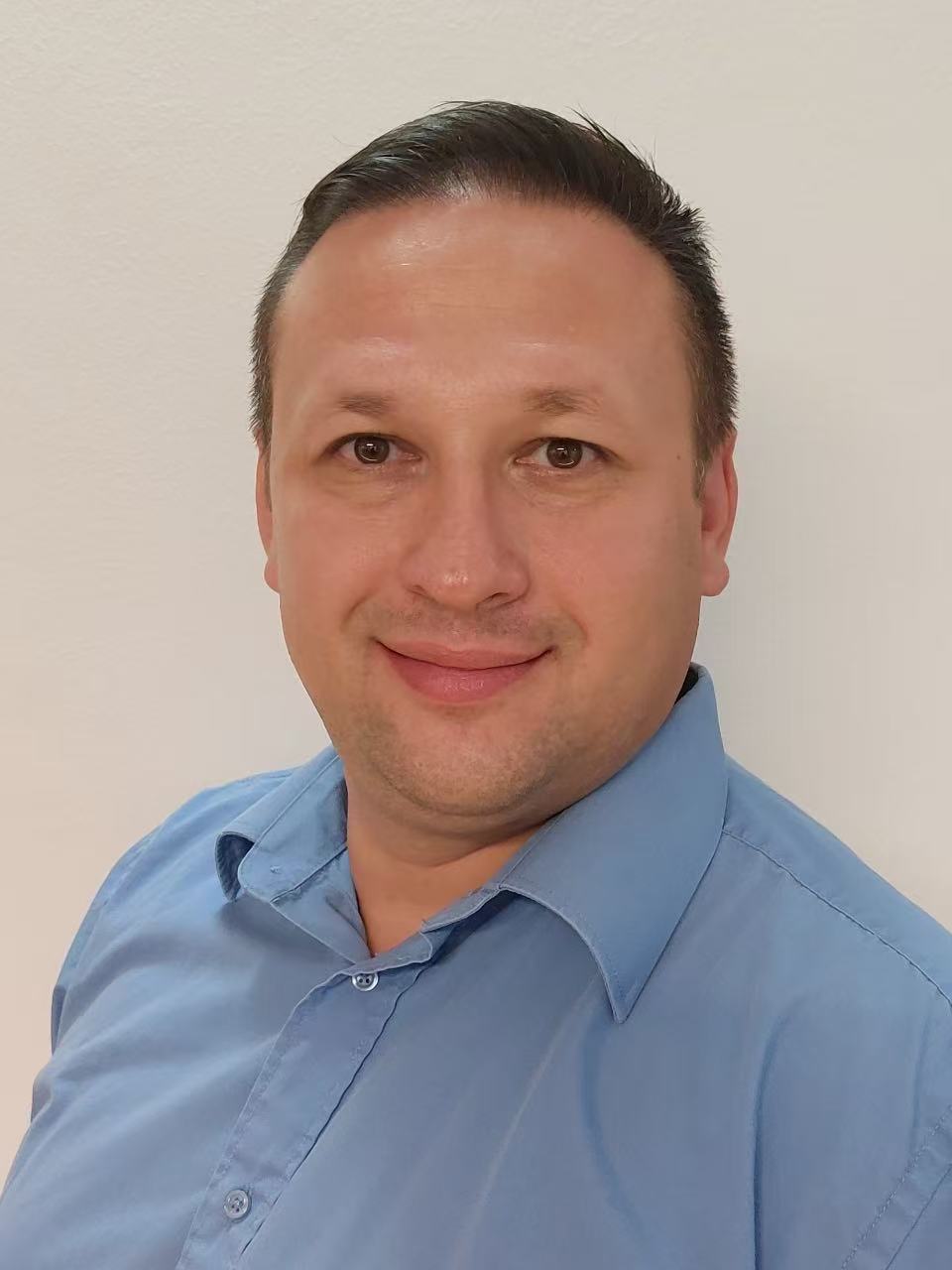
|
|
Istvan Szilagyi |
|
Associate Professor |
|
Department of Physical Chemistry and Materials Science |
|
University of Szeged |
|
Hungary |
|
Personal homepage |
|
Title: Nanoplastics and PFAS: Unveiling the Pathway for Contaminant Transport and Toxicity in Aquatic Systems |
|
Abstract: The presence of nano-sized plastic contaminants in aquatic environments has raised significant concerns regarding their interactions with other emerging pollutants. Among these, per- and polyfluoroalkyl substances (PFAS) are of particular interest due to their widespread use, environmental persistence, and potential toxicity. This keynote talk explores recent advances in understanding how nanoplastics act as carriers for PFAS, influencing their transport, adsorption behavior, and biological impacts. Important findings on the role of charge and fluorocarbon chain length in PFAS adsorption onto nanoplastic surfaces will be discussed, highlighting how these interactions modulate PFAS mobility in water. In addition, insights into the colloidal stability of PFAS-nanoplastic complexes will be presented, drawing connections to their cytotoxicity and potential implications for aquatic ecosystems. By integrating findings from multiple studies, this talk will provide a comprehensive perspective on the dual threat posed by nanoplastics and PFAS, emphasizing the urgent need for regulatory strategies and further research into their combined environmental and health risks. |
|

|
|
Yanling Tian |
|
Professor |
|
School of Engineering |
|
University of Warwick |
|
UK |
|
Personal homepage |
|
Title: Fabrication and Characterisation of Biomimetic Functional Surfaces |
|
Abstract: Biomimetic functional surfaces with micro/nano structures have emerged as a revolutionary approach to address various technological challenges by replicating the extraordinary properties found in natural plant and animal surfaces, compelling researchers to pioneer transformative strategies in new materials development and advanced engineering application. This talk presents our recent research in different fabrication methodologies, such as chemical, electrochemical and laser processing, for biomimetic functional surfaces with versatile functionalities including controllable wettability, anti-corrosion, anti-bacteria, and many more. The synergistic effect of hierarchical micro/nanostructure construction and surface chemical modification has been systematically investigated to establish fundamental design principles for functional surfaces. In addition, this presentation will demonstrate the application scenarios of our engineered functional surfaces in several critical domains including oil/water separation, water harvesting, droplet manipulation, energy storage devices, and biomedical engineering. The presentation will also provide insights into future research directions and potential commercial applications of these micro/nano-structured functional surfaces, emphasising their role in advancing sustainable technological solutions across multiple sectors. |
|
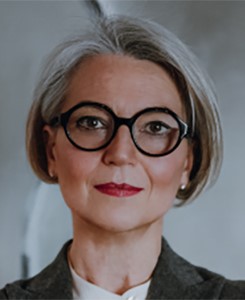
|
|
Luisa Torsi |
|
Professor |
|
University of Bari |
|
Vice-President of the Scientific Committee of the Italian National Research Council |
|
President of the Regional Center on Single-Molecule Digital Assay |
|
Past-President of the European Material Research Society |
|
Italy |
|
Personal homepage1/Personal homepage2 |
|
Title: Transforming Antigenic Portable Technologies into Highly Dependable Screening Devices |
|
Abstract: The emerging field of ionic and electronic devices for biosensing applications, holds promise for advancing the development of innovative diagnostic technologies. The endeavor to screen asymptomatic organisms, encompassing humans, animals, and plants, through the utilization of point-of-care-testing (POCT) technologies boasting high diagnostic accuracy is both visionary and promising. Efficient surveillance necessitates the development of user-friendly, cost-effective, and highly reliable in-vitro diagnostic devices that are ultra-portable and readily deployable as needed. While such devices are not yet commercially available, there are encouraging advancements at readiness-level 5, notably the Clustered-Regularly-Interspaced-Short-Palindromic-Repeats (CRISPR) lateral-flow-strip tests and the Single-Molecule-with-a-large-Transistor (SiMoT) bioelectronic palmar devices.
These technologies embody essential features as stipulated by the World Health Organization for POCT systems, exhibiting a minimal occurrence of false-positive and false-negative errors (<1-5%) and ensuring diagnostic selectivity and sensitivity (> 95 – 99 %). Furthermore, they offer a low limit of detection for various markers. The CRISPR-strip functions as a molecular assay, capable of detecting even a few copies of DNA/RNA markers in blood, while the SiMoT test can identify single oligonucleotides, protein markers, or pathogens in a minute sample of blood, saliva, or olive sap.
SiMoT single-sensor prototype, comprising a palmar electronic-reader and a disposable bioelectronic-cartridge, will reach TRL7 in a couple of years at most through a clinical-trial kicked-off in February 2024 involving 1.500 assays of peripheral-fluids (urine/plasma/serum) from oncological patients. This effort is conducted within the Apulian Regional Innovation-Center for Single-Molecule Digital-Assay (www.singlemolecule.center), chaired by Torsi, at the "Giovanni Paolo II" Scientific Institute for Research, Hospitalization, and Healthcare, the main oncological hospital in Bari.
The SiMoT technological breakthrough hold the potential to enable systematic and dependable surveillance of asymptomatic individuals prior to the aggravation or spread of illnesses, thereby facilitating timely diagnosis and prognosis. This proactive approach could establish a healthcare ecosystem that delivers effective treatments to all living organisms, fostering widespread well-being. |
|
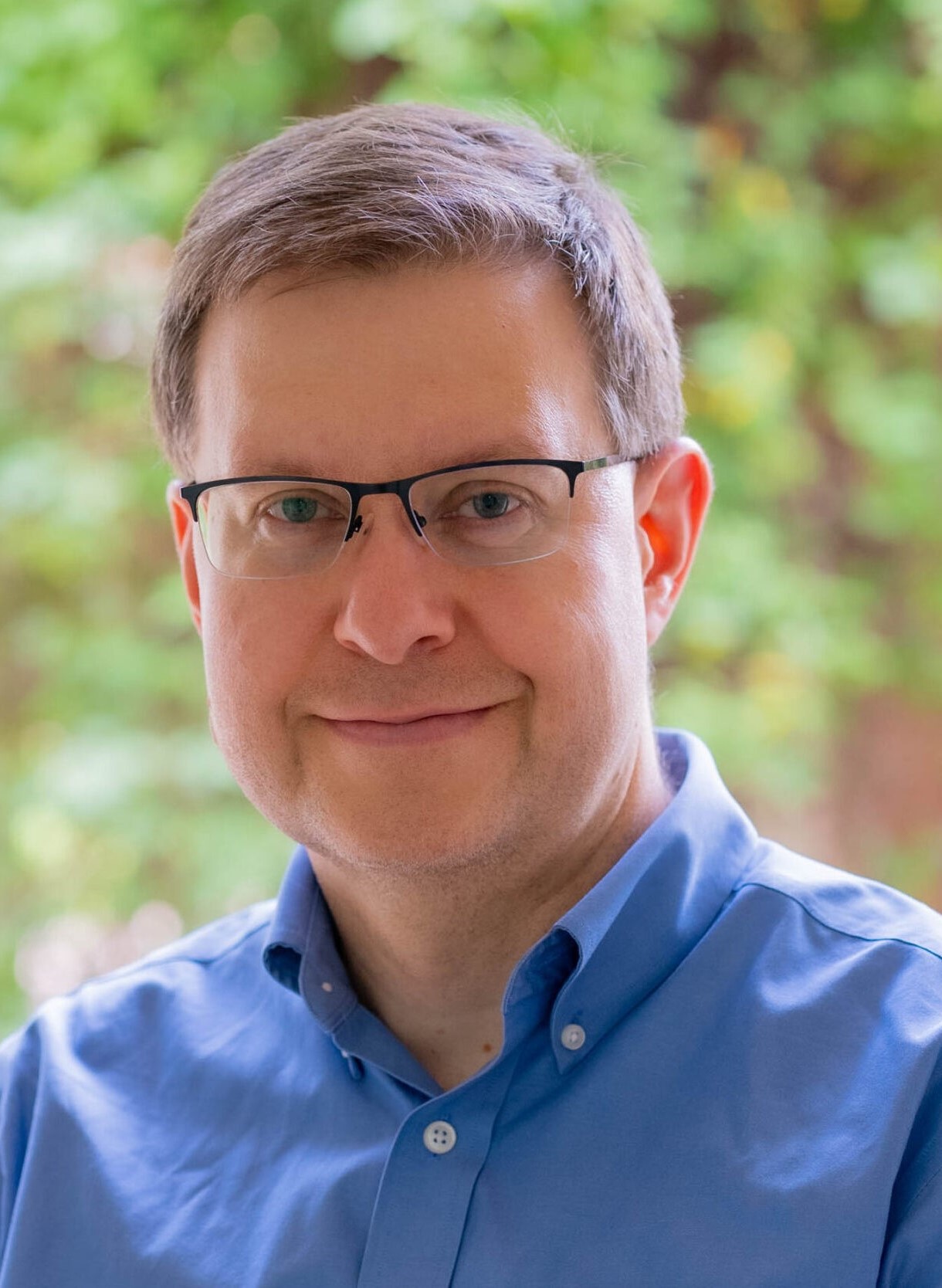
|
|
Joseph Tracy |
|
Professor |
|
Department of Materials Science and Engineering |
|
North Carolina State University |
|
USA |
|
Personal homepage |
|
Title: Reversible Assembly of Iron Oxide Nanoparticles on Gold Nanorods for Magnetic Alignment and Plasmonic Control |
|
Abstract: Overcoating gold nanorods (GNRs) with plasmonic or magnetic satellite nanoparticles (NPs) can modify the longitudinal and transverse surface plasmon resonances (LSPR and TSPR) through coupling with the satellite NPs. We report use of electrostatic interactions to reversibly assemble different types and amounts of satellite NPs on GNR cores, which allows coupling with and manipulation of the LSPR and TSPR of the GNR core. Cationic Fe3O4 NPs and spherical gold NPs (GNPs) functionalized with polyethylenimine (PEI) assemble on the surface of anionic GNRs functionalized with bovine serum albumin (BSA), yielding MagGNRs. The distinct extinction spectra of Fe3O4 NPs and GNRs make possible quantification of the loading of satellite NPs from optical extinction spectra. pH is a useful lever for controlling assembly and disassembly processes because the electrostatic properties of PEI- and BSA-functionalized NPs strongly depend on pH. Stable assemblies are obtained at pH between the isoelectric points of BSA (pI ≈5) and PEI (pI ≈11), because the core and satellite NPs have opposite charges within this window. At lower or higher pH, the core and satellite NPs have like charges, which inhibits assembly. Moreover, disassembly is possible by adjusting the pH to values outside of this range.
Magnetic alignment of MagGNRs arising from magnetic dipolar interactions on the anisotropic gold nanorod core is comprehensively characterized, including enhancement (suppression) of the LSPR and suppression (enhancement) of the TSPR for light polarized parallel (orthogonal) to the magnetic field. MagGNRs can also be driven in rotating magnetic fields to rotate at frequencies of at least 17 Hz. For suitably large gold nanorods (148 nm long) and Fe3O4 NPs (13.4 nm diameter), significant alignment is possible even in modest (<200 Oe) magnetic fields. |
|

|
|
Salvador Pané i Vidal |
|
Professor |
|
Co-director of the Multi-Scale Robotics Lab |
|
Institute of Robotics and Intelligent Systems (IRIS) |
|
ETH Zürich |
|
Switzerland |
|
Personal homepage |
|
Title: Magnetic Micro- and Nanorobots for Biomedical Applications |
|
Abstract: An emerging family of robotic systems are untethered magnetic micro- and nanorobots, tiny vehicles that can move in their swimming environments by means of magnetic fields. One of the ultimate goals of small-scale robotics is to develop machines that can deliver drugs, or realize other medical missions in confined spaces of the human body. Other applications include water remediation or “on-the-fly” chemistry. The recent rapid developments in small-scale robotics are undeniably related to advances in material science and manufacturing. However, while many applications have been demonstrated, aspects such as complex locomotion, multifunctionality, biocompatibility and biodegradability need to be further investigated for the successful translation of these devices to real applications. To this end, new material-based concepts and novel fabrication schemes are urgently required. In this talk, I will introduce two of our latest developments in small-scale robotics. In the first part, we will show how 3D printed microtemplates can be exploited to produce complex robotic microstructures made of rigid metals, soft polymers and combinations of these. As a result, topologically complex metal-organic structures can be realized with micrometric resolution. The second part of this talk will be focused on multiferroic small-scale robots. These small-scale robots consist of multiferroic magnetoelectric composite materials, which have the ability to generate an electric field under the application of an external magnetic field. Micro and nanorobots capable of wirelessly delivering electric fields can be used for electrostimulation of cells for the central nervous systems applications. |
|

|
|
Zhonglin Wang |
|
Professor |
|
Academician of the Chinese Academy of Sciences |
|
Director of Beijing Institute of Nanoenergy and Nanosystems |
|
Chinese Academy of Sciences |
|
China |
|
Personal homepage |
|
Title: The Triboelectric Nanogenerator - A Disruptive Energy Technology and Sensing Technology |
|
Abstract: Triboelectric nanogenerator (TENG) was invented by Wang’s group in 2012, which is based on the coupling of triboelectrification and electrostatic induction effects for converting mechanical energy into electric power. TENG is playing a vitally important role in the distributed energy and self-powered systems, with applications in internet of things, AL, environmental/infrastructural monitoring, medical science, environmental science, and security. TENG is most effective for utilization of high-entropy energy, which is the random, low-density, low-grade mechanical energy widely-distributed in our living environment and in nature. There are now over 20,000 scientists distributed in 90 countries and regions around the globe who have published papers on TENG. This presentation will first focus on the advances in fundamental science made due to the discovery of TENG both in chemistry and physics. Then we will focus on the technological and industrial impacts that have been made by TENG. We will show how this new invention will benefit to the sustainable development of humankinds. |
|

|
|
Zhiping Xu |
|
Professor |
|
Institute of Chemical Biology |
|
Shenzhen Bay Laboratory |
|
China |
|
Personal homepage |
|
Title: pH-Sensitive Clay Nanomaterials for Enhanced Solid Tumor Immunotherapy |
|
Abstract: Cancer is one of the most lethal diseases in the world. In recent decades, cancer immunotherapy has led to a revolutionary breakthrough, particular for hematological malignancies, with up to 80% positive responses. However, the immunotherapy including CAR-T therapy is still very limited for solid tumors. The low efficacy is attributed to three barriers for immune cells, i.e. hard infiltration, low recognition of tumor cells and weak killing activity. To overcome these barriers, our research group has developed a neoadjuvant therapy. This therapy focuses on normalizing the aberrant physicochemical properties of tumor microenvironment (TME) using clay nanomaterials so as to enhance the infiltration of immune cells into TME, kill tumor cells, activate the anti-tumor immunity and inhibit tumor growth. Meanwhile, restoring the physicochemical homeostasis in TME helps maintain the functions of exogeneous immune cells for effective tumor killing. Moreover, we have developed a technology to label tumor cells with a specific antigen for T cells to more precisely recognize and kill. This talk will introduce that the persistent neutralization of the excess acidity in TME improved the infiltration of immune cells, enhanced the recognition of tumor cells and inhibited tumor growth, leading to effective solid tumor immunotherapy. |
|

|
|
Tomaso Zambelli |
|
Professor |
|
Laboratory of Biosensors and Bioelectronics (LBB) |
|
Institute for Biomedical Engineering |
|
ETH Zürich |
|
Switzerland |
|
Personal homepage |
|
Title: FluidFM for Electrochemical Micro Additive Manufacturing of Metals and Polymers |
|
Abstract: FluidFM, a nanoscale dispensing technology combining atomic force microscopy (AFM) with microfluidics, is emerging as a powerful tool for electrochemical micro additive manufacturing (µ-AM). This technique enables precise deposition of materials at the micro- and nanoscale by leveraging electrochemically induced reactions through a microfluidic cantilever.
In electrochemical µ-AM, FluidFM’s hollow cantilever, equipped with an electrode, delivers an electrolyte solution to a substrate while applying a voltage to drive localized electrochemical deposition (ECD). This allows for high-resolution patterning of metals, alloys, or conductive polymers with exceptional control over feature size and morphology. The system’s force feedback ensures stable tip-substrate distances, minimizing unwanted spreading and improving deposition accuracy.
Key advantages of FluidFM for µ-AM include:
-
Sub-micrometer resolution: Enables layer-by-layer fabrication of intricate 3D structures.
-
Minimal waste: Electrolyte is dispensed only where needed.
-
Multi-material capability: Switching electrolytes allows deposition of different materials in a single process.
-
Gentle processing: Non-contact mode reduces mechanical stress on delicate substrates. |
|
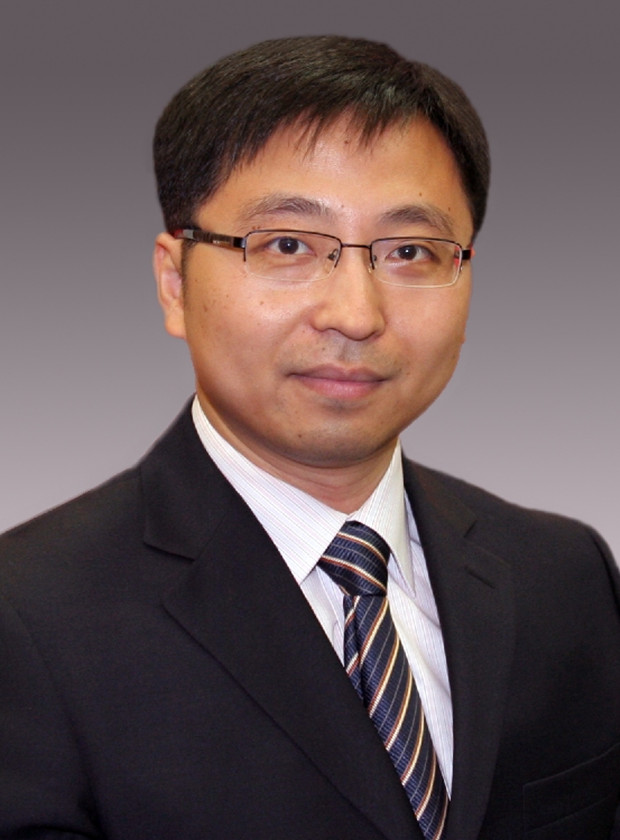
|
|
Li Zhang |
|
Professor |
|
Department of Mechanical and Automation Engineering (MAE) |
|
Professor by Courtesy, Department of Surgery |
|
The Chinese University of Hong Kong (CUHK) |
|
Hong Kong SAR, China |
|
Personal homepage |
|
Title: Magnetic Miniature Robots for Endoluminal Interventions: From Individual to Microswarms |
|
Abstract: Robotics at small scales has attracted considerable research attention both in its fundamental aspects and potential biomedical applications. As the characteristic dimensions of the robots or machines scaling down to the milli-/microscale or even smaller, they are ideally suited to navigating in tiny and tortuous lumens inside the human body which are hard-to-reach by regular medical devices. Although the materials, structural design, and functionalization of micro-/nanorobots have been studied extensively, several key challenges have not yet been adequately investigated for in vivo applications, such as adaptive locomotion in dynamic physiological environments, in vivo localization with clinical imaging modalities, the efficiency of therapeutic intervention, biosafety, and their autonomy for the intervention tasks.
In this talk, I will first present our recent research progress on development of magnetic miniature robots, from individual and modular designs to the microswarms, for rapid endoluminal delivery. Then the key challenges and perspective of using magnetic miniature robots for localized therapy and clinically relevant applications with a focus on endoluminal procedures will be discussed. |
*The list of Keynote Speakers is based on the alphabetical order of family names. |
|
|
